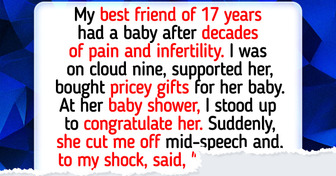This never happened
I Was Fired and Replaced by an Intern—But I Got the Last Laugh
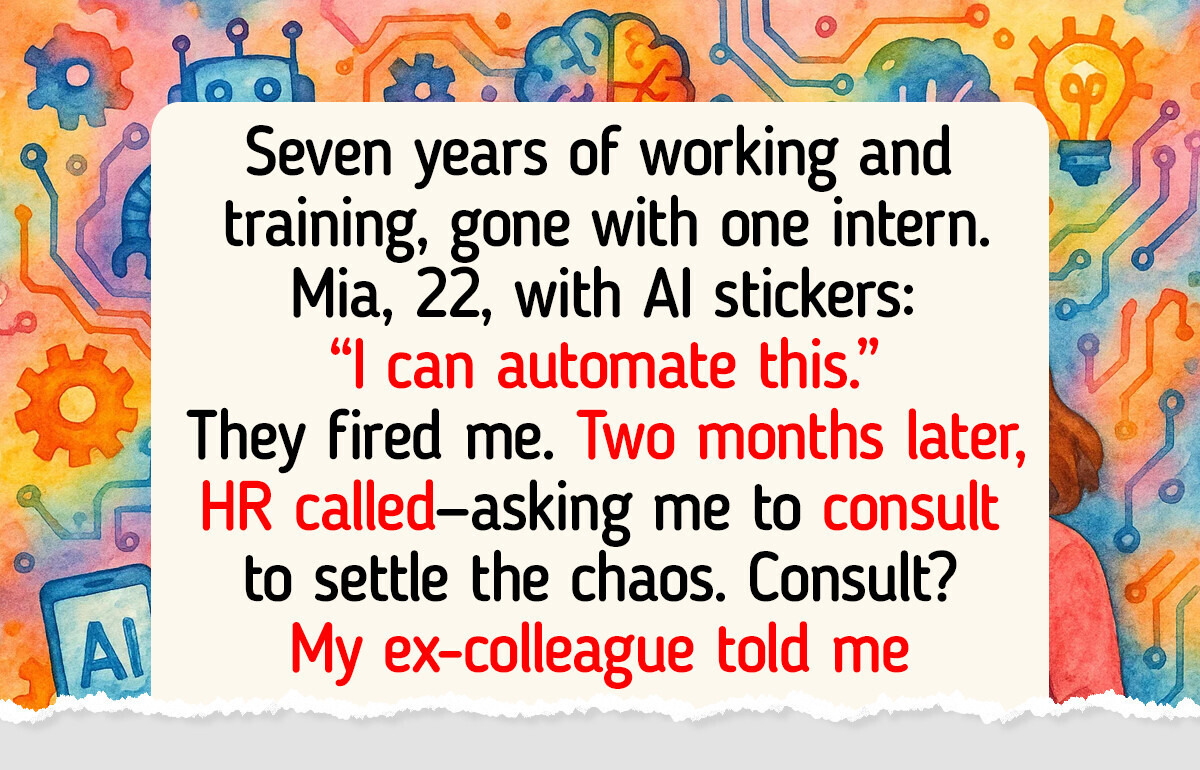
In today’s workplaces, loyalty can vanish the moment someone new walks in. You can spend years building systems, training teams, solving crises—only to be told you’re no longer needed. But experience isn’t flashy, it’s steady.
This is the story of someone replaced by “fresh talent,” only to be called back when everything fell apart. A reminder: a job can be filled, but a person cannot.
The letter of our reader:
Hi Bright Side!
I’d been at the company for seven years. Wrote manuals, built systems, trained every newcomer.
Then came Mia — a 22-year-old intern with bright eyeliner and a laptop covered in AI stickers. “I can automate half of this,” she bragged. Management loved it.
Two months later, they called me in: “We’re moving toward AI efficiencies. Mia will take over your role.” Just like that — I was outdated. Fired. Replaced by the very tools I introduced.
But within weeks, projects fell apart. Mia could copy code, but she couldn’t manage chaos. AI generated reports, but it couldn’t earn trust.
Two months later, HR called again — asking if I’d consult to settle the chaos. Consult?
A former colleague told me they’d already lost three major clients.
I didn’t rush to say yes. I made them wait — long enough to learn the difference between replacing a position... and losing a person.
Now, I return only as a consultant — earning more than I ever did, rebuilding the clients they took for granted.

Who Really Wins at Work: Experience or Technology?
The rise of new technologies has left many professionals wondering: Do decades of experience still matter in a world racing toward automation? Or will innovation outpace intuition?
The truth is, it’s not a battle — it’s a balance.
🤝 What Experience Brings That Tools Cannot
Experience isn’t just time spent — it’s lessons earned. It carries intuition, pattern recognition, and emotional awareness. A seasoned professional can read a room, sense tension in a meeting, or calm a crisis before it erupts. These skills aren’t written in code — they’re lived.
Experience means:
Context: Understanding why something worked before — or why it failed.
Judgment: Knowing when to follow a rule... and when to bend it.
People Skills: Leading, listening, mentoring — no download required.
Example: A veteran manager doesn’t just assign tasks — they navigate personality clashes, deadlines, and delicate egos. No tool can replicate that nuance.
⚡ What Modern Tools Bring to the Table
Technology doesn’t get tired. It doesn’t forget. It can scan thousands of reports in seconds, spot patterns, and alert us before problems even begin.
Technology offers:
Speed — Rapid data processing and instant suggestions
Precision — Pattern detection and forecasting
Efficiency — Automating repetitive tasks, freeing humans for higher-value work
Example: In marketing, software can personalize campaigns for millions overnight — work that would take a team weeks.
🎯 The Myth of the “Vs.” Mindset
When we compare experience and innovation, we often highlight weaknesses:
Experience may be slower.
Tools may lack empathy.
But this perspective misses one powerful truth...
🌟 The Future Belongs to Those Who Combine Both
The strongest teams don’t choose between human insight and technical power — they merge them.
Together, they create:
Better decisions — Data-backed and experience-approved
Higher productivity — Machines do the heavy lifting; humans do the thinking
Continuous growth — Professionals use tools to stay sharp, not get replaced
The future of work isn’t humans vs. technology — it’s humans with technology.
Side by side. Intuition meeting innovation. Wisdom powered by speed.
15 Times a Simple Act of Kindness Spoke Louder Than a Thousand Words
Comments
Automating things to try to make them more efficient isn't always more efficient. Had some efficient experts come to try (at the airport) to make it more efficient to get customer thru faster. So we got tables to do bag checks on that weren't wide enough to hold a laptop while testing it. Many laptops despite everything we did to prevent it ending up falling on the floor. The tables weren't even 12" wide. Then they took the xray position chairs and replaced them with barstools that were horrendous on our backs. (No backs on the barstools)Replaced passenger chairs (where they put their shoes on or take them off depending on what side you were on) with benches. The number of people that toppled backwards was high and people got hurt. Instead of having someone from a checkpoint work with those so called efficiency experts they went by their suggestions only. All the suggestions made were phased out within 6 weeks (dont know if the airport paid for it or if tsa ended paying for it) because they caused more problems then it helped.
Related Reads
I Refused to Split the Bill of Food I Didn’t Eat—I’m Not a Walking ATM
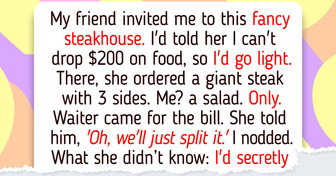
I Caught My Coworker Doing Her Side Hustle on Company Time—I Refused to Stay Silent
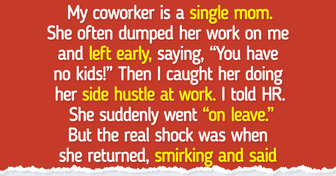
My Husband Wanted to Be a Mama’s Boy, He Went Too Far
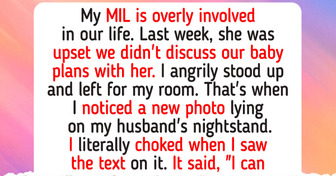
I Caught My MIL Secretly Filming Me While I Breastfed My Baby
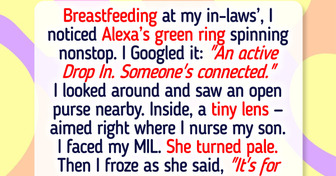
I Refused to Reply to Work Emails While on Vacation, Now HR Is After Me
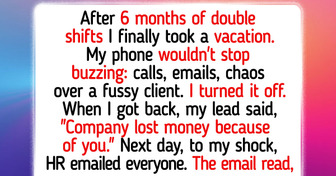
I Refuse to Let My Husband Do a Sanitary Job—His Excuse Left Me Stunned
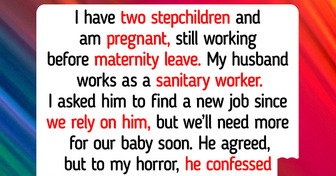
10 Moments When Quiet Kindness Turned Strangers Into Heroes
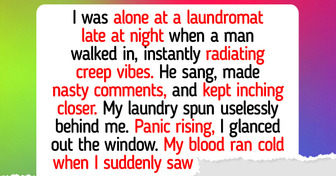
I Refused to Work During Lunch—My Boss’s Response Shocked Everyone
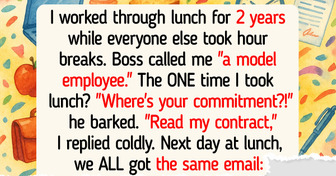
15 Moments That Remind Us Kindness Takes Seconds but Lasts Forever
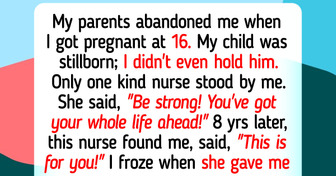
I Refuse to Beg for Time With My Grandson
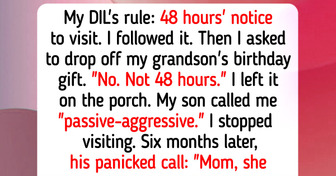
12 Stories That Show Kindness Doesn’t Need to Be Loud to Be Life-Changing

My BFF Invited Me to Her Baby Shower, It Turned Into My Worst Nightmare
